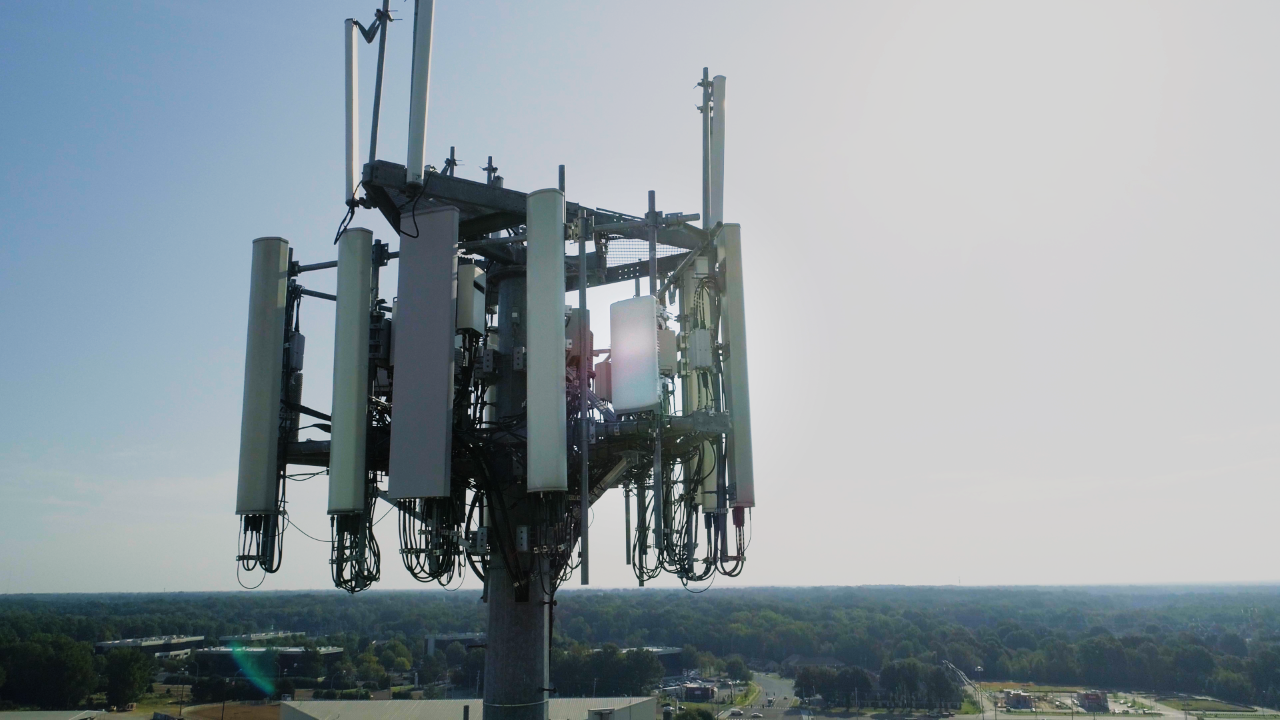Mobile operators began bidding today (Friday March 12) in the latest UK 5g spectrum auction, with 80 MHz of spectrum in the 700 MHz band available -- after a complex three-year project to move TV broadcasters off the spectrum and multiple antenna replacements -- and 120 MHz of spectrum in the 5G-powering 3.6-3.8 GHz band released by regulator Ofcom.
EE Limited; Hutchison 3G UK Limited; Telefónica UK Limited and Vodafone Limited are all bidding in the auction, Ofcom confirmed; the auction had been delayed owing to the outbreak of the coronavirus pandemic.
Ofcom described the 700 MHz band as "ideal for providing wide area coverage – including in the countryside" and the 120 MHz of spectrum in the 3.6-3.8 GHz band as "part of the primary band for 5G and capable of boosting mobile data capacity, carrying lots of data-hungry connections."
Companies first bid for airwaves in ‘lots’ to determine how much spectrum each company wins in each band. There is then a round of bidding to determine the specific frequencies that winning bidders will be allocated.
The reserve price for each 700 MHz individual frequency lot is £1 million, and there are four lots of spectrum (each of 10 MHz). The reserve for each 700 MHz paired frequency lot is £100 million and there are six lots of spectrum (each of 2x5 MHz). The reserve price for each 3.6 GHz lot is £20 million and there are 24 lots of spectrum (each of 5 MHz).
"Winners of spectrum in the 3.6-3.8 GHz band will also have the opportunity to negotiate the specific frequencies among themselves – if they want to join together the airwaves they have secured within the wider 3.4-3.8 GHz band. The final results of the auction will be published once all stages are complete," Ofcom said in a March 10 update.
The availability of the 700MHz spectrum comes after a three-year effort by Ofcom to move TV broadcasters off the spectrum that it wrapped up in August 2020, describing it at the time as “one of the biggest projects we’ve ever been involved with”. The project entailed a huge amount of manual work switching the frequency at which transmitters were operating, including often swapping the actual antenna. The final switch was at the Isle of Man)and Kendal Main transmitters and five relays on August 19, 2020 that together served 159,495 households
The band’s ability to achieve high levels of indoor penetration and long range look set to make it crucial to supporting broader 5G rollout; it was previously used for analogue televisions, wireless theatre microphones and TV production equipment across the UK. As 5G continues, it looks set to marry high-band airwaves such as 26MHz millimetre wave for high capacity over short distances; mid-band spectrum like 3.4GHz; and low-band frequencies like 700MHz and 800MHz for longer range coverage.
Recent tests by Global Wireless Solutions found that 5G signal is, on average, available 40% of the time in UK cities, 16% in towns, and 11% on motorways. Average speeds during GWS's network capacity stress tests where 5G is delivered were a rapid 150 Mbps across all operators.
On the other side of the pond, meanwhile, Verizon paid $8.2 billion to the US Treasury on Wednesday and expects -- Bloomberg reports -- to tap debt market to help finance $36 billion due this month for 5G spectrum and infrastructure, as it chases market leader T-Mobile US.









